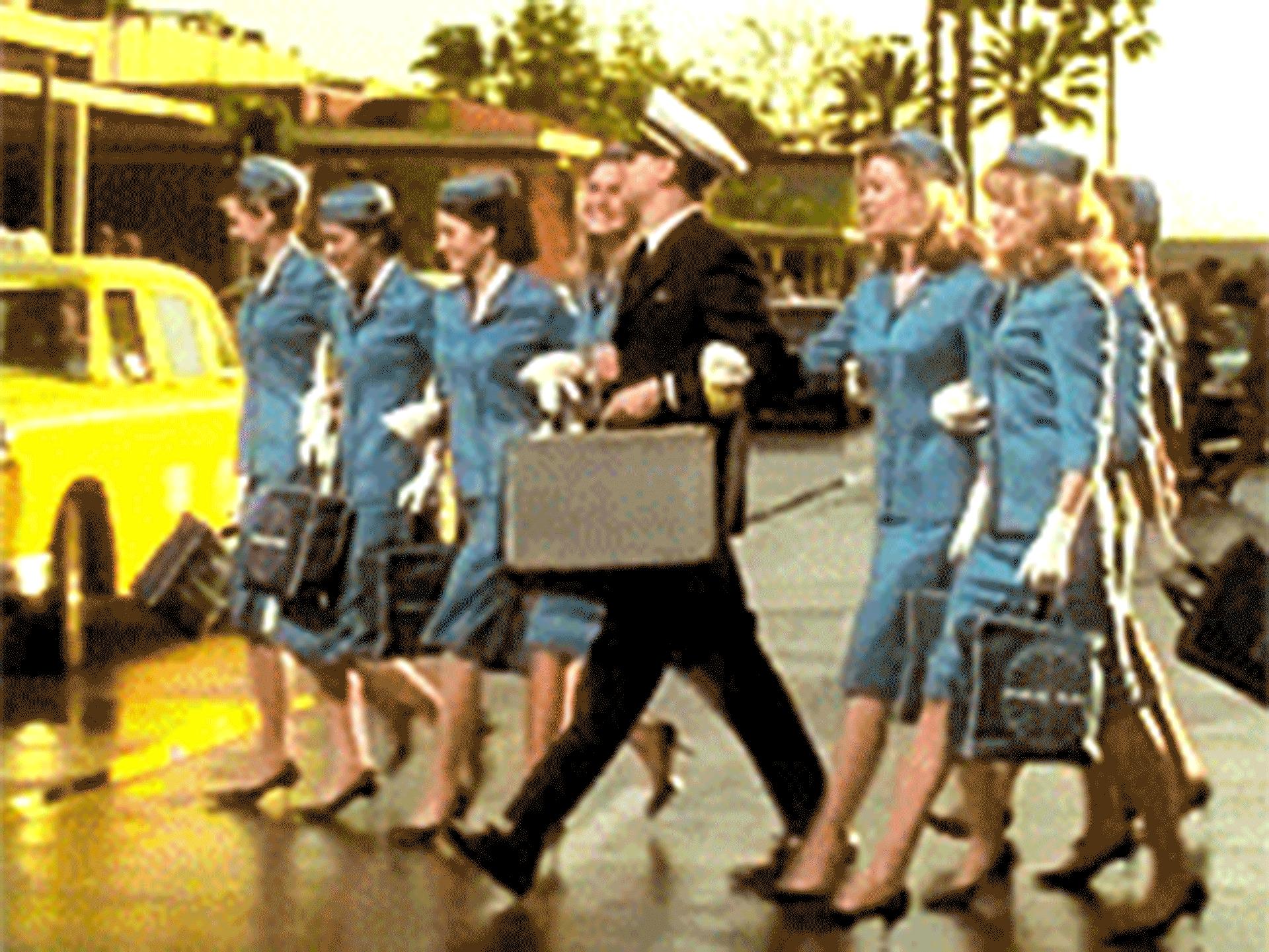In case you’ve never noticed before (and who could blame you?), there are only four colours passports come in – yes, just four.
That’s because countries the world over use one of four factories to create these important documents, meaning stock is limited when it comes to colours and materials, and regulations are tight for new designs. After all, a passport needs to be functional and coherent across different cultures, so new and fancy embellishments are unusual.
“Passport production is a highly controlled process, and only few companies around the world are doing it,” Hrant Boghossian, the vice president of marketing at the interactive passport database, Passport Index told Business Insider.
The materials used for passport covers is “usually supplied by a third party” and therefore “only comes in certain colour variations to meet the required standards.”
Red, blue, black and green are the limited colours used, and each passport needs to comply with international standards.
Although there are only four colours, varying shades are available and there’s often a reason why a country goes with the colour it does.
Red passport
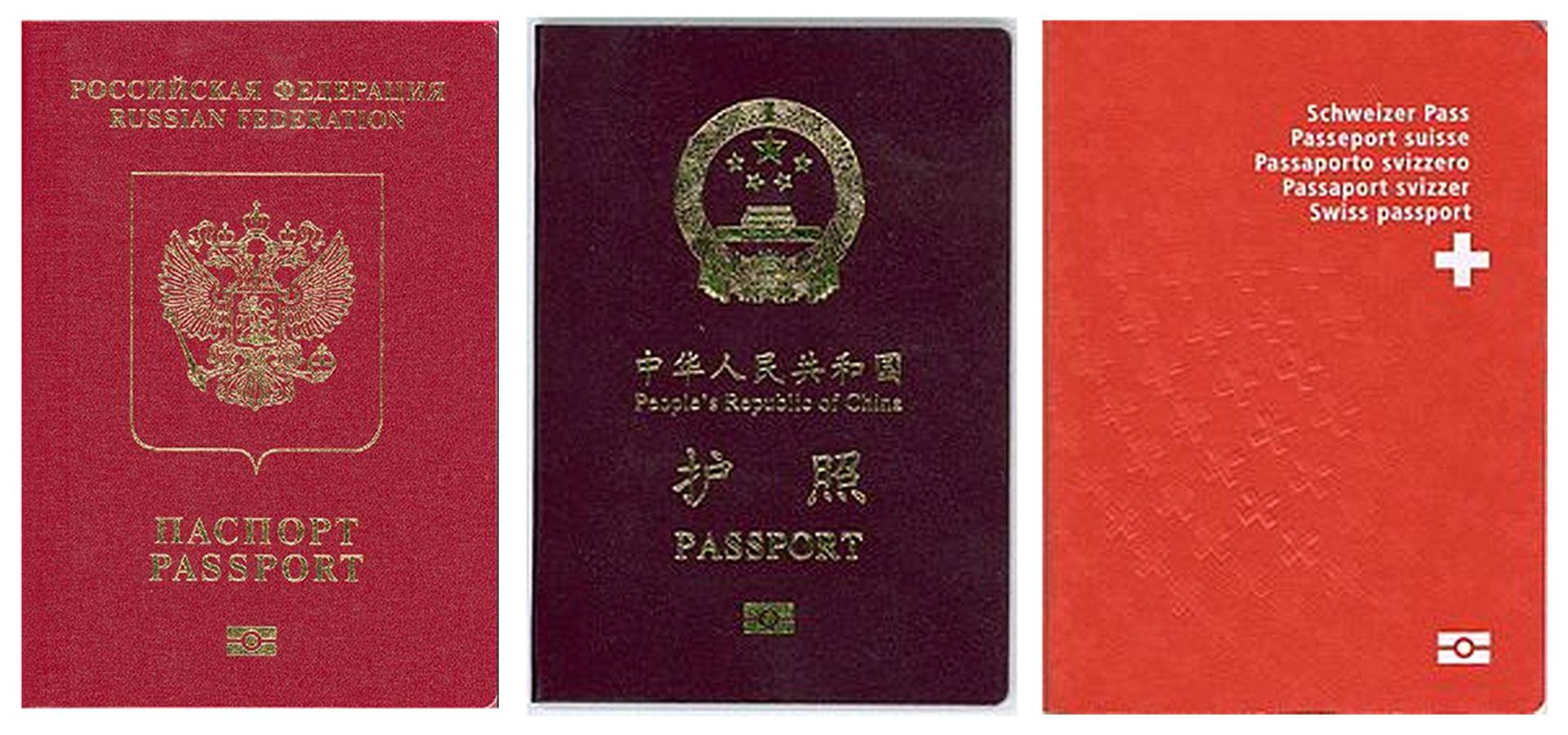
Burgundy and red is commonly used by members of the European Union (EU) and “some could argue that the burgundy red is due to a past communist history,” Hrant says. China and Russia both use a burgundy passport.
However the Swiss passport is bright red, as a symbol of the national colour rather than an EU membership.
Colour can also play a political role, as Hrant details: “the passport of Turkey has changed to burgundy, in hope to join the EU”.
The Swedish passport is also red and, side note, in 2013 was one of the most frequently sold passports on the black market.
Green passport
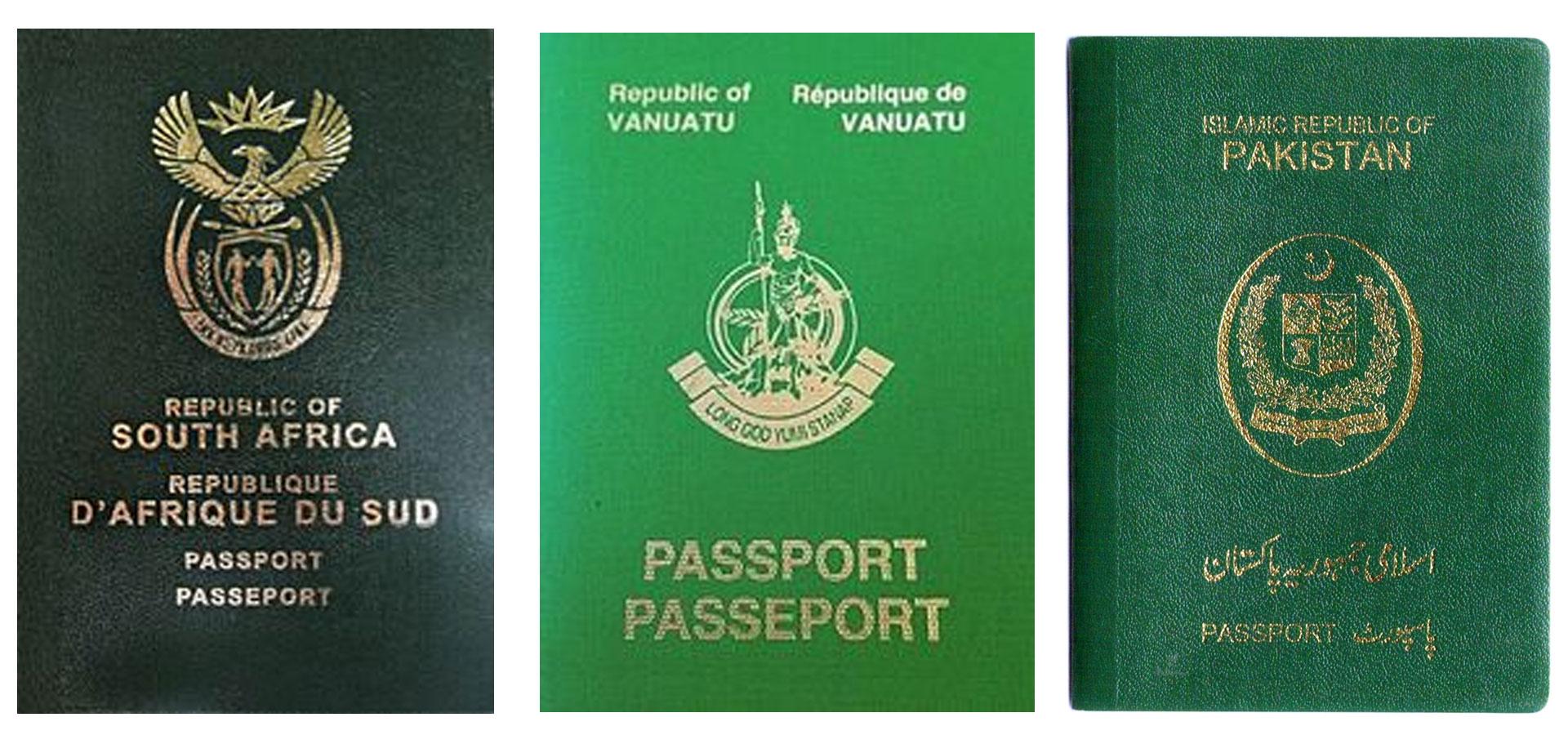
“Most Islamic states use green passports because of the importance of the colour in their religion,” Hrant explained.
Prophet Muhammad’s favourite colour is supposedly green, which makes it “a natural fit for Islam and the Middle East”.
Many African countries also have green passports, but the natural colour is not limited to that continent.
Shades range from the bright leaf green of Vanuatu to the forest shade of Mexico.
Blue passport
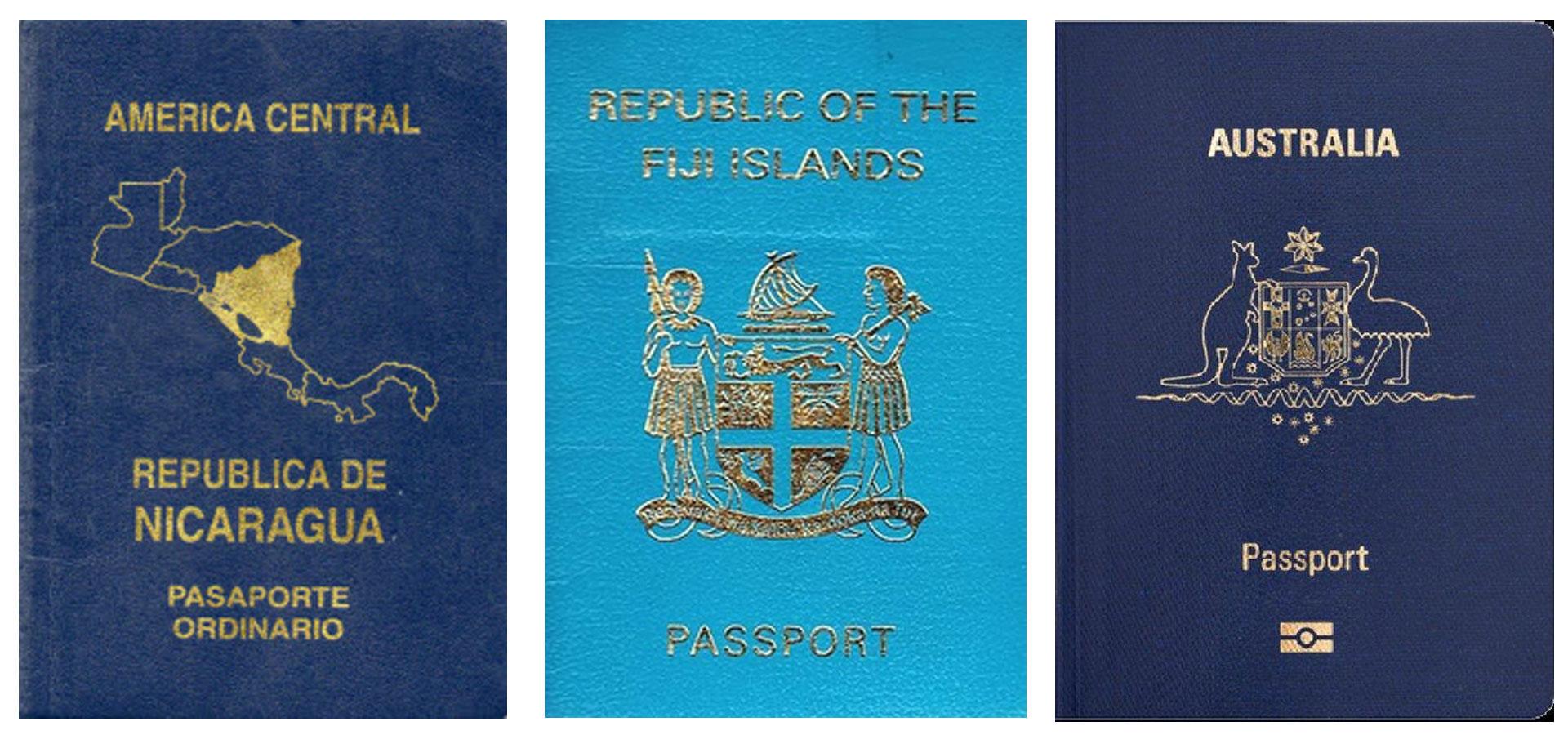
Blue is the most popular passport colour, and is generally used by “newer” nations such as Australia, Canada and the United States. Blue is also used by members of the Caribbean Community and Common Market (Caricom) and is popular in Oceania.
Australia uses a dark navy tone, while Fiji has a bright, sky blue colour.
Countries in the CA-4 Treaty (Bolivia, Colombia, Ecuador, and Peru) use the Central American passport format, joining Nicaragua and El Salvador in a uniform design and a blue cover.
Black passport
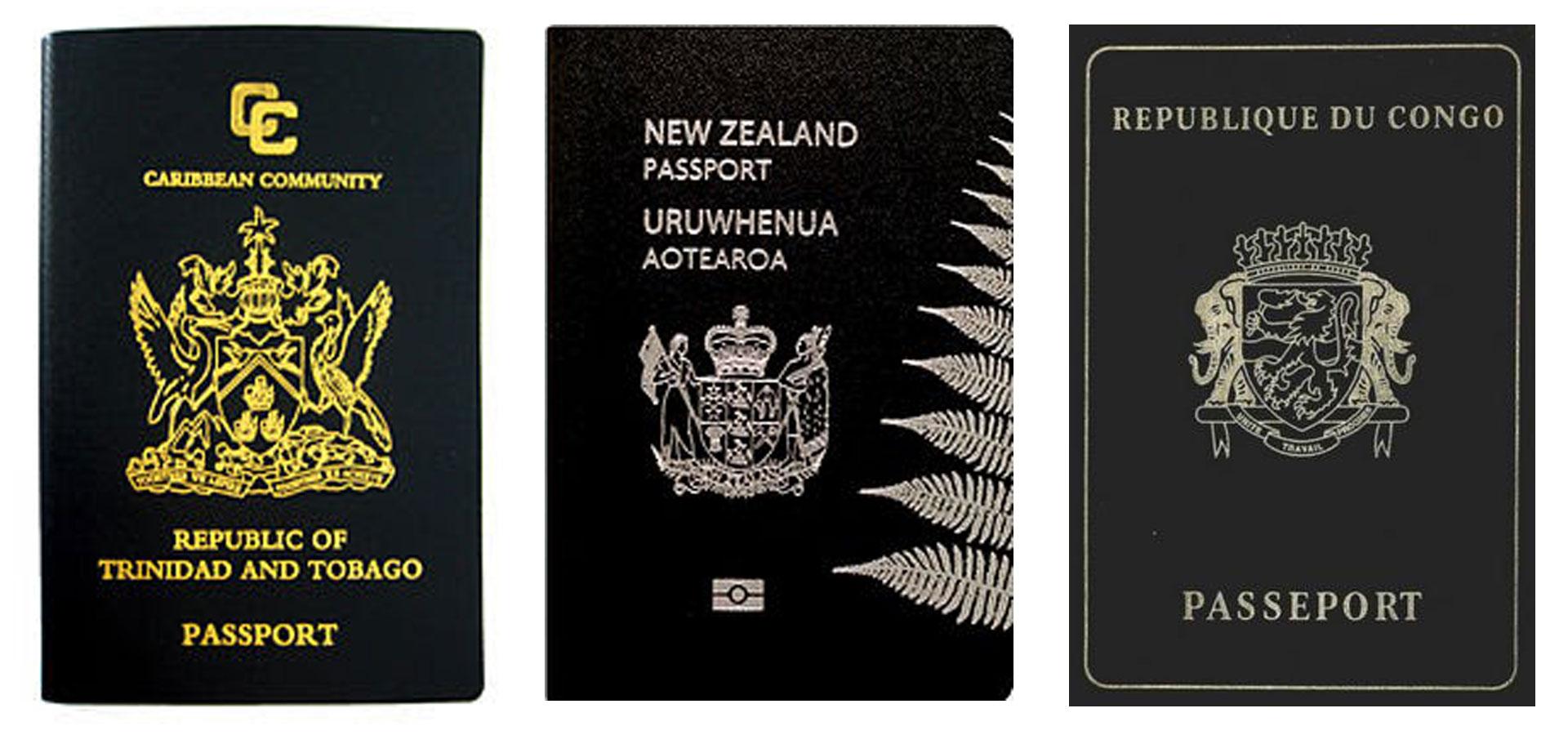
Black is the most uncommon colour, and is only used by 10 countries worldwide – including, of course, New Zealand.
While black is widely considered our national colour, for some countries the choice to use the dark tone might be a simple case of practicality because black is less likely to show damage.
